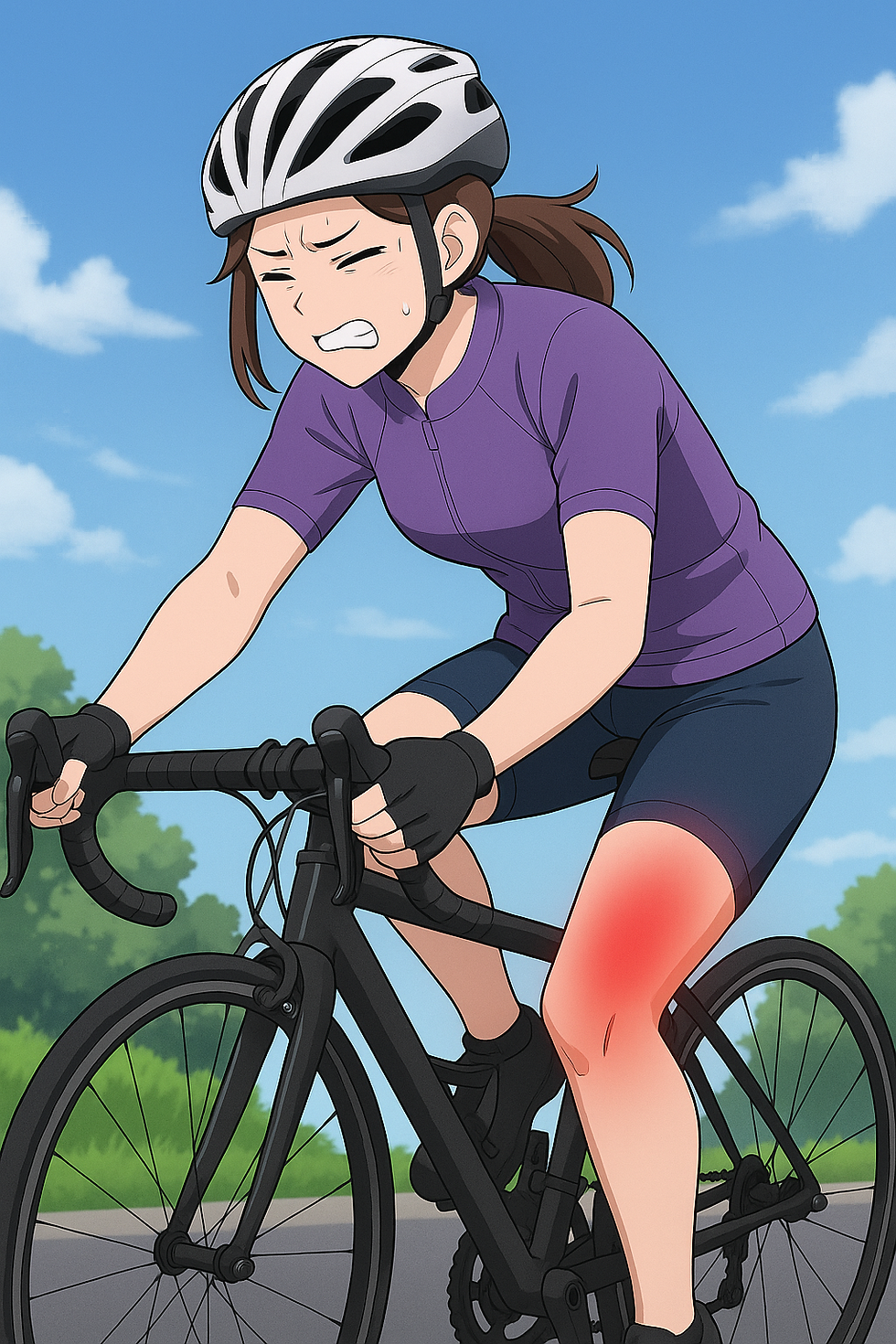Ankle Pain Focus: Ankle Sprain
- MiRae Acu
- Oct 27
- 3 min read

An ankle sprain is one of the most common injuries affecting athletes and everyday walkers alike. It occurs when the ligaments — the strong, fibrous bands that support and stabilize the ankle — are stretched or torn, usually after the foot twists unexpectedly. Even a mild sprain can make standing, walking, or exercising difficult, and without proper care, it can become a recurring issue.
How an Ankle Sprain Happens
The ankle joint is supported by several ligaments that prevent excessive movement. When the foot rolls inward (inversion sprain) or outward (eversion sprain), these ligaments can overstretch or tear.
Frequent causes include:
Sudden Direction Change: Turning quickly while running or stepping off a curb.
Uneven Ground: Hiking, trail running, or walking on irregular surfaces.
Improper Footwear: Shoes without proper ankle or arch support.
Previous Injury: Weakened ligaments from past sprains increase re-injury risk.
Fatigue or Weakness: Muscles that stabilize the ankle may fail to react in time.
Recognizing a Sprain
The symptoms of an ankle sprain depend on its severity, but they often include:
Immediate Pain: Sharp or aching pain on one side of the ankle.
Swelling and Bruising: Develops within hours due to inflammation and small vessel damage.
Limited Movement: Difficulty pointing or flexing the foot.
Tenderness: Sensitive to touch, especially around the outer ankle.
Instability: Feeling that the ankle may “give out” when walking or standing.
Severe cases may involve partial or complete ligament tears, which can take several weeks or months to fully recover.
East Asian Medicine Perspective
From the East Asian Medicine viewpoint, an ankle sprain represents a blockage of Qi and Blood flow in the channels passing through the foot and lower leg — especially the Gallbladder, Bladder, and Stomach meridians. This stagnation causes pain, swelling, and impaired mobility.
Common patterns include:
Qi and Blood Stagnation: Due to trauma, leading to sharp pain and swelling.
Cold-Damp Retention: Exposure to cold or damp after injury slows circulation and prolongs stiffness.
Underlying Weakness: Deficiency in Liver or Kidney systems can make tendons more prone to injury or slower to heal.
Treatment aims to relieve acute pain, promote healing circulation, and restore stability to prevent chronic weakness or recurring sprains.
Treatment at Mi Rae Acupuncture
At Mi Rae Acupuncture, treatment is customized to match the injury stage — whether acute, subacute, or chronic. Our care may include:
Acupuncture Therapy: To reduce pain, swelling, and inflammation while stimulating local healing.
Electroacupuncture: To improve microcirculation and speed ligament recovery.
Manual or Massage Therapy: Gentle soft tissue work to release tightness and support joint alignment.
Cupping or Moxibustion: Applied to reduce residual stiffness and enhance Qi and Blood movement.
Herbal Medicine: Formulas that move Blood, relieve swelling, and strengthen tendons may be prescribed for internal support.
Our goal is to restore full ankle function, minimize pain, and help you return to activity safely and confidently.
Supporting Recovery at Home
Self-care plays a key role in preventing complications and promoting faster recovery:
Rest and Protect: Avoid activities that strain the ankle until pain subsides.
Ice in the Early Stage: 10–15 minutes several times a day during the first 48 hours.
Compression and Elevation: Wrap the ankle gently and elevate it above heart level to reduce swelling.
Gradual Movement: Begin gentle range-of-motion exercises when tolerated.
Strength and Balance Training: Strengthen calf and ankle muscles to prevent future sprains.
Supportive Footwear: Choose shoes with firm ankle support and cushioning.
Healing for Stability and Strength
An ankle sprain can seem like a simple twist, but without proper care it may lead to lingering weakness or chronic instability. Early and comprehensive treatment helps ensure complete recovery.
At Mi Rae Acupuncture, we combine traditional techniques with modern therapeutic tools to help your ankle heal fully — so you can move with stability, comfort, and confidence again.


